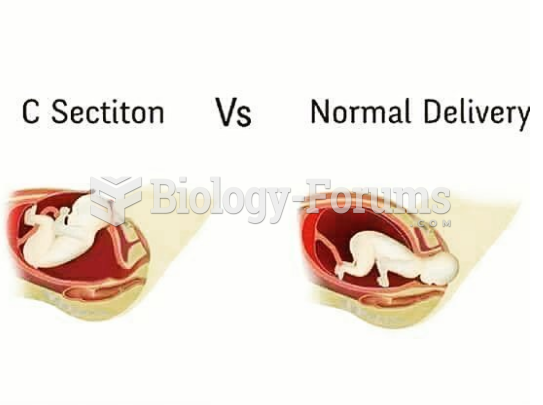|
|
|
Did you know?
As many as 20% of Americans have been infected by the fungus known as Histoplasmosis. While most people are asymptomatic or only have slight symptoms, infection can progress to a rapid and potentially fatal superinfection.
Did you know?
If you could remove all of your skin, it would weigh up to 5 pounds.
Did you know?
The average office desk has 400 times more bacteria on it than a toilet.
Did you know?
The FDA recognizes 118 routes of administration.
Did you know?
Human stomach acid is strong enough to dissolve small pieces of metal such as razor blades or staples.






